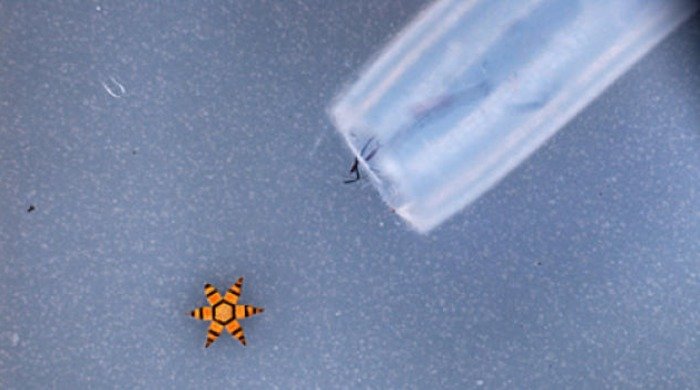BALTIMORE, April 24 (UPI) -- Tools as small as a dust speck, can perform biopsies in narrow conduits in the body to find signs of cancer or other diseases, U.S. researchers say.
Engineers at Johns Hopkins University say the tiny tools require no batteries, wires or tethers and have been successfully used in animal testing to seize internal tissue samples.















